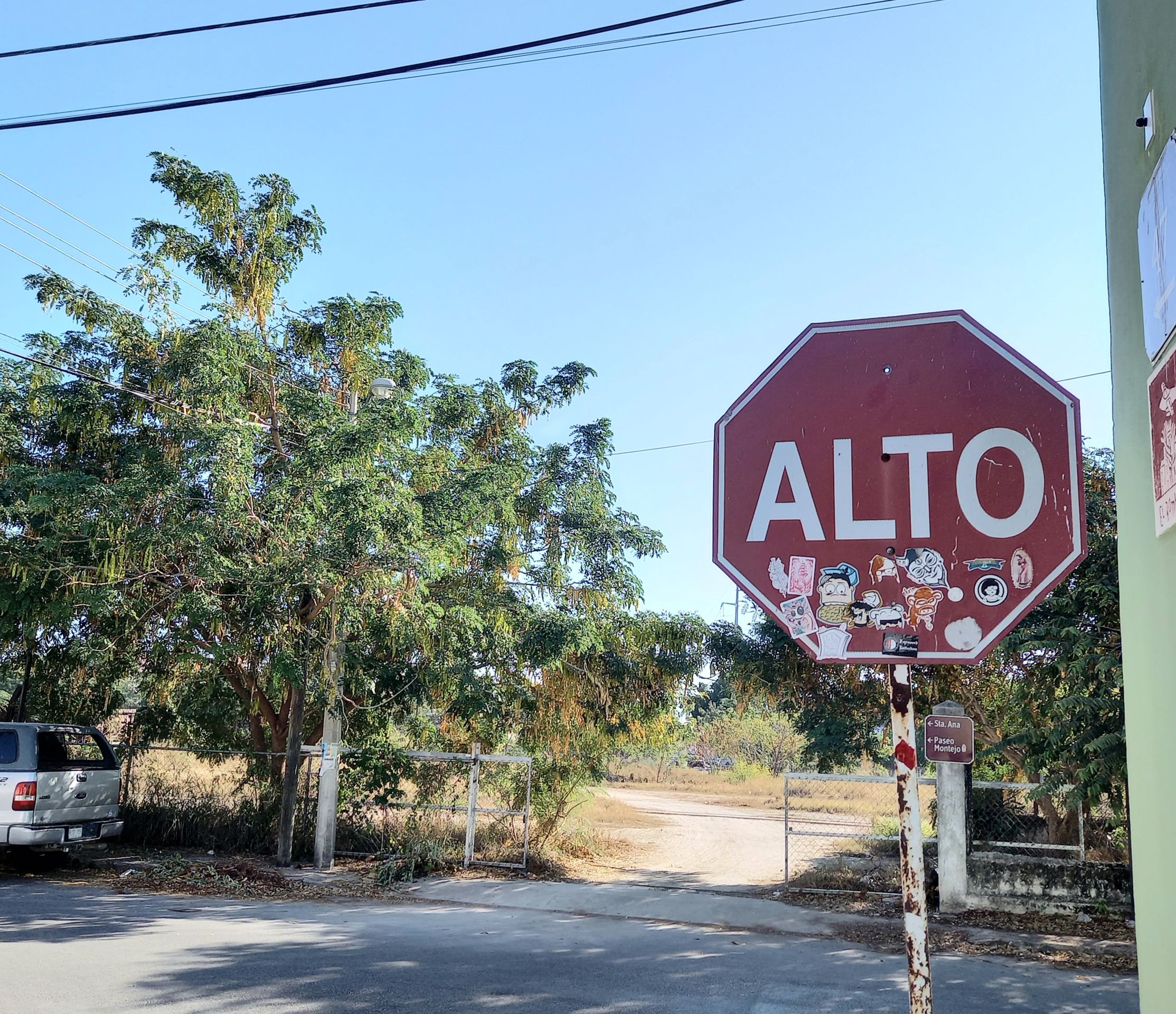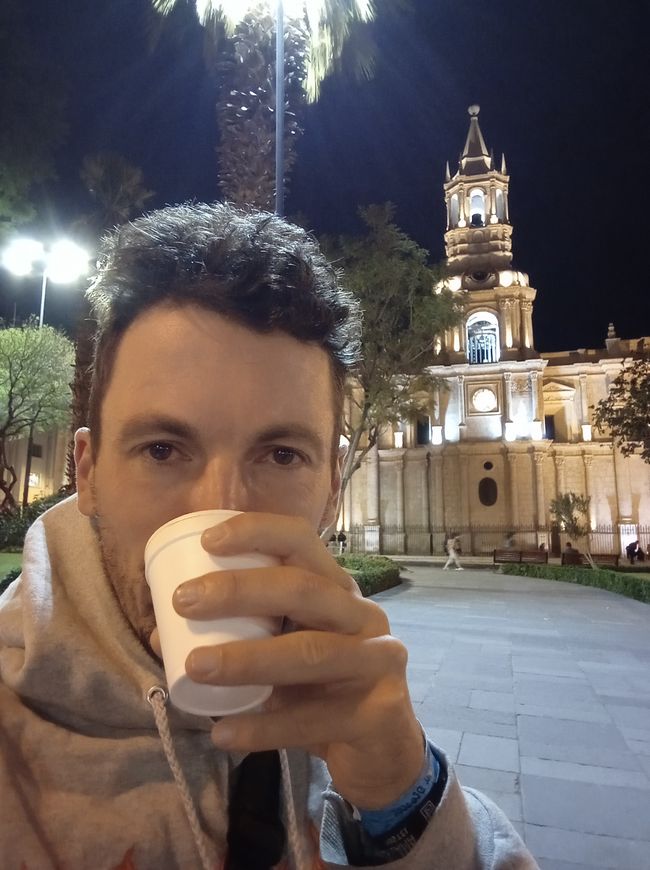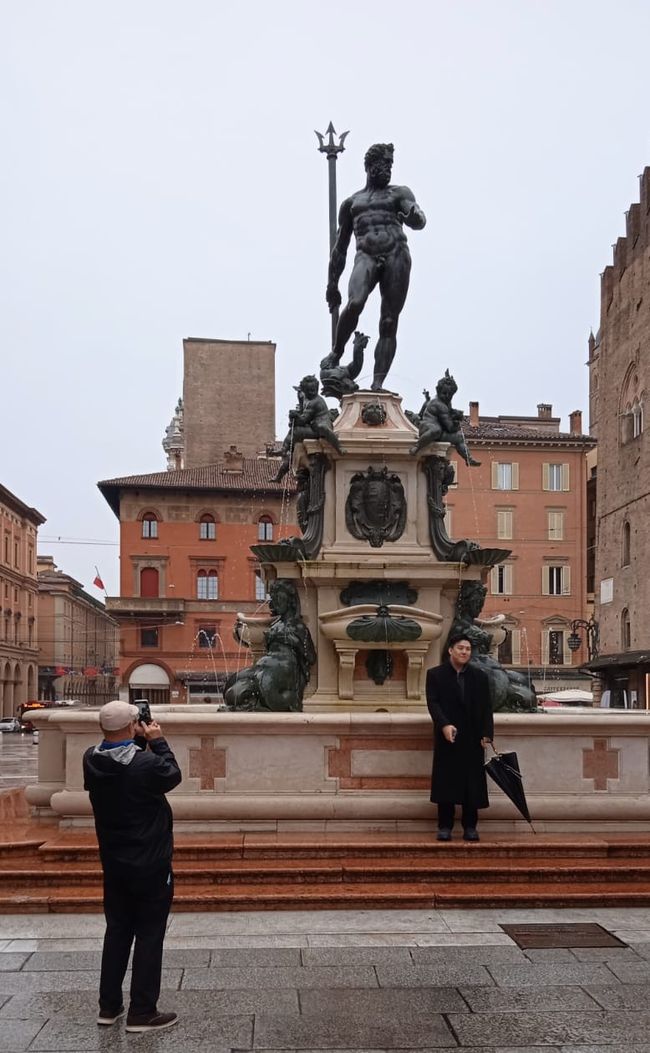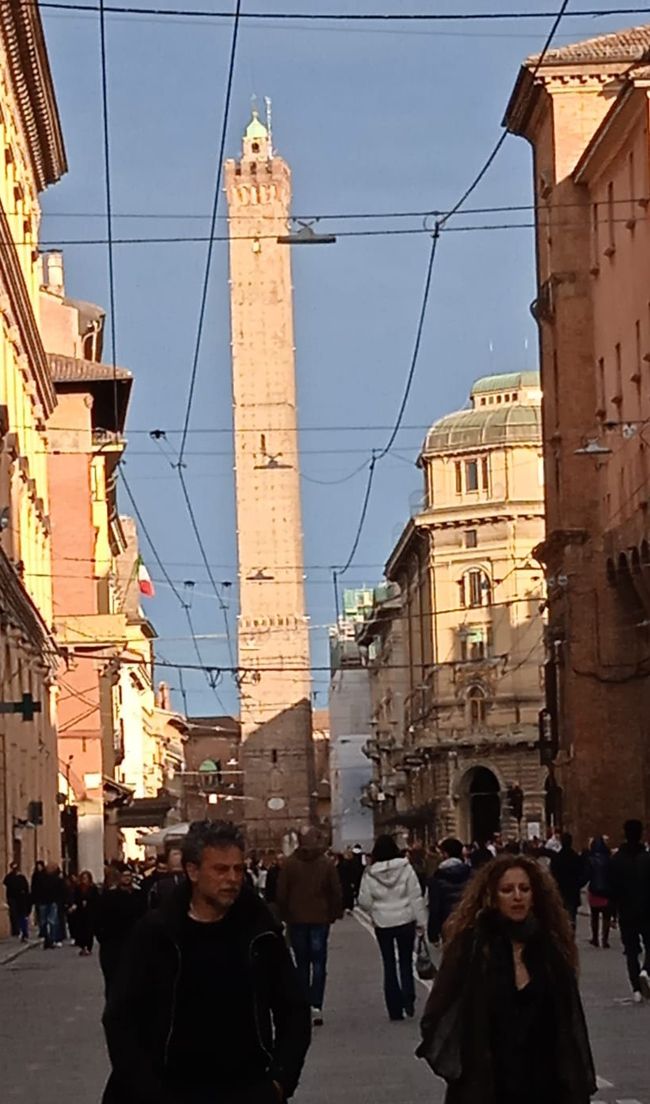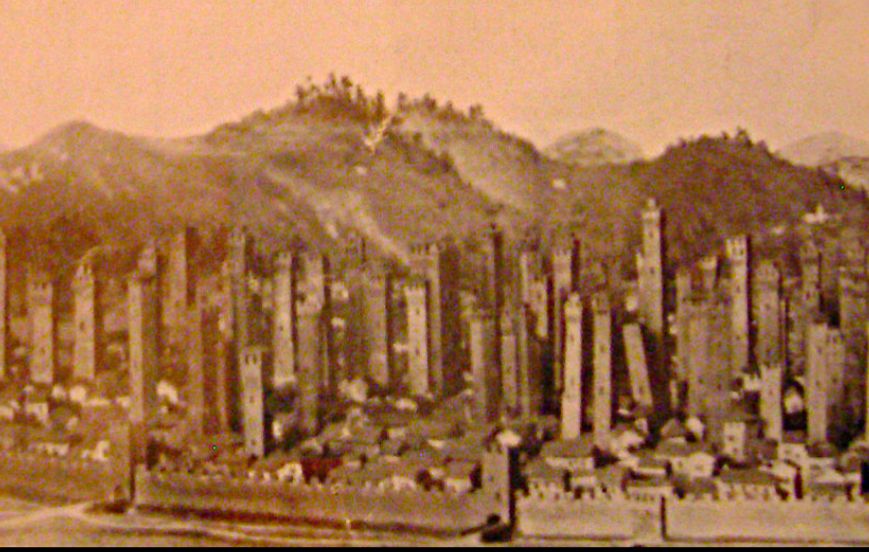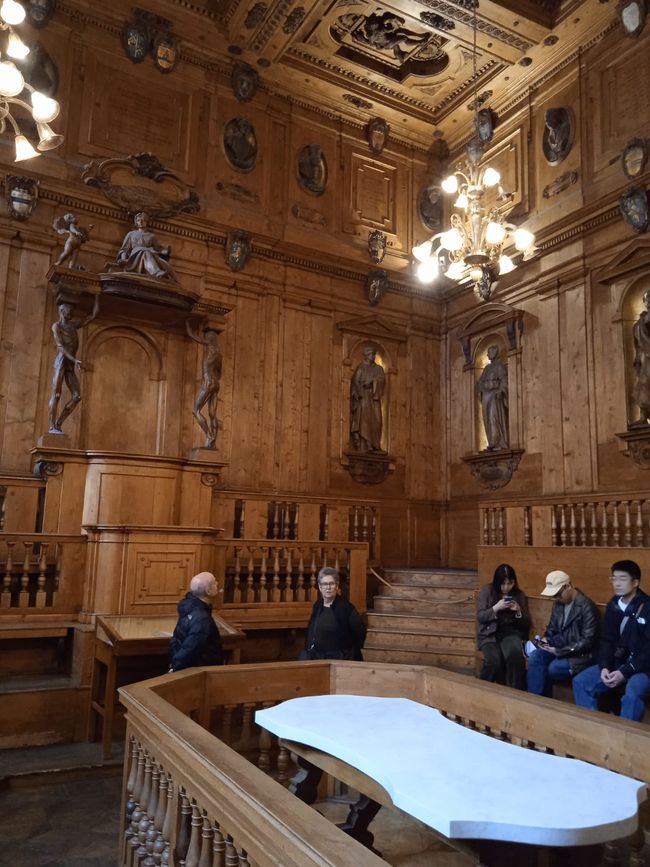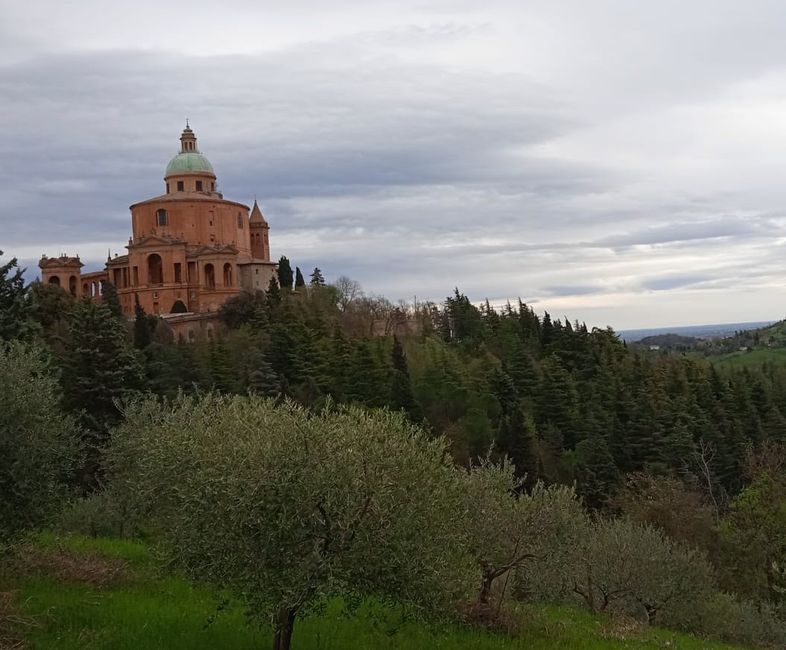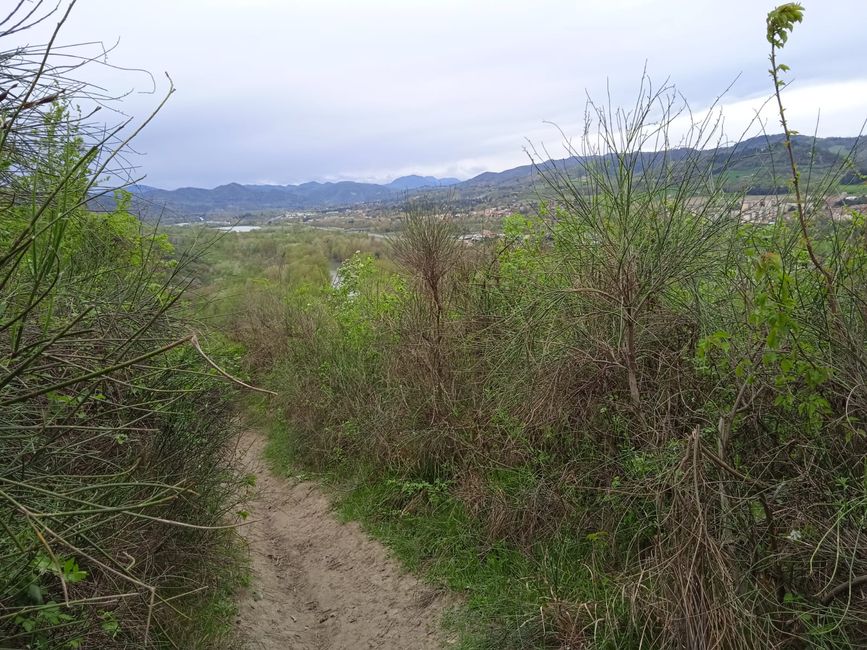Bologna or the Last Reason
خپور شوی: 17.09.2024
A conclusion, that was something I owed to myself. Bologna was now six months behind me, and the feeling of wanting to end the travel report with a final chapter gnawed subtly at me.
With thanks to Alfred Andersch for the inspiration for the topic of this text.
ځواب
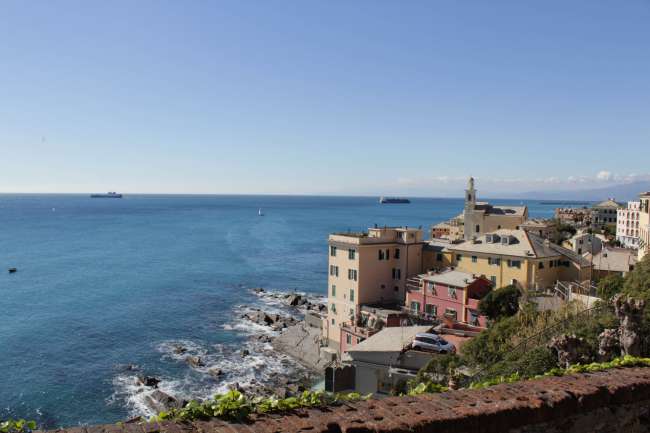
د سفر راپورونه ایټالیا
